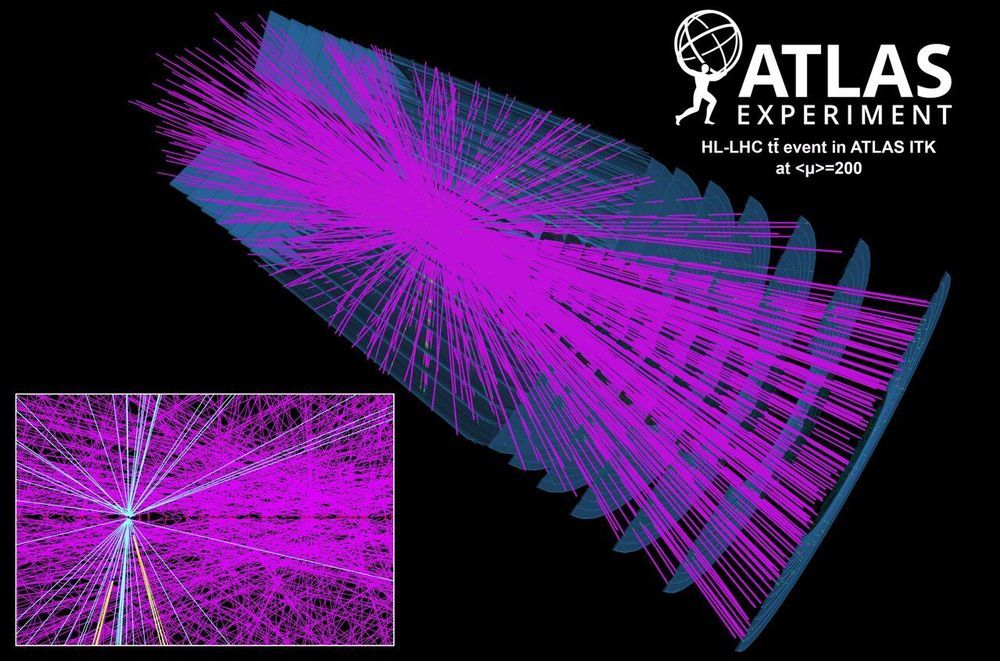The High-Luminosity upgrade of the Large Hadron Collider (HL-LHC) is scheduled to begin colliding protons in 2026. This major improvement to CERN’s flagship accelerator will increase the total number of collisions in the ATLAS experiment by a factor of 10. To cope with this increase, ATLAS is preparing a complex series of upgrades including the installation of new detectors using state-of-the-art technology, the replacement of aging electronics, and the upgrade of its trigger and data acquisition system.
What discovery opportunities will be in reach for ATLAS with the HL-LHC upgrade? How precisely will physicists be able to measure properties of the Higgs boson? How deeply will they be able to probe Standard Model processes for signs of new physics? The ATLAS Collaboration has carried out and released dozens of studies to answer these questions—the results of which have been valuable input to discussions held this week at the Symposium on the European Strategy for Particle Physics, in Granada, Spain.
“Studying the discovery potential of the HL-LHC was a fascinating task associated with the ATLAS upgrades,” says Simone Pagan Griso, ATLAS Upgrade Physics Group co-convener. “The results are informative not only to the ATLAS Collaboration but to the entire global particle-physics community, as they reappraise the opportunities and challenges that lie ahead of us.” Indeed, these studies set important benchmarks for forthcoming generations of particle physics experiments.
